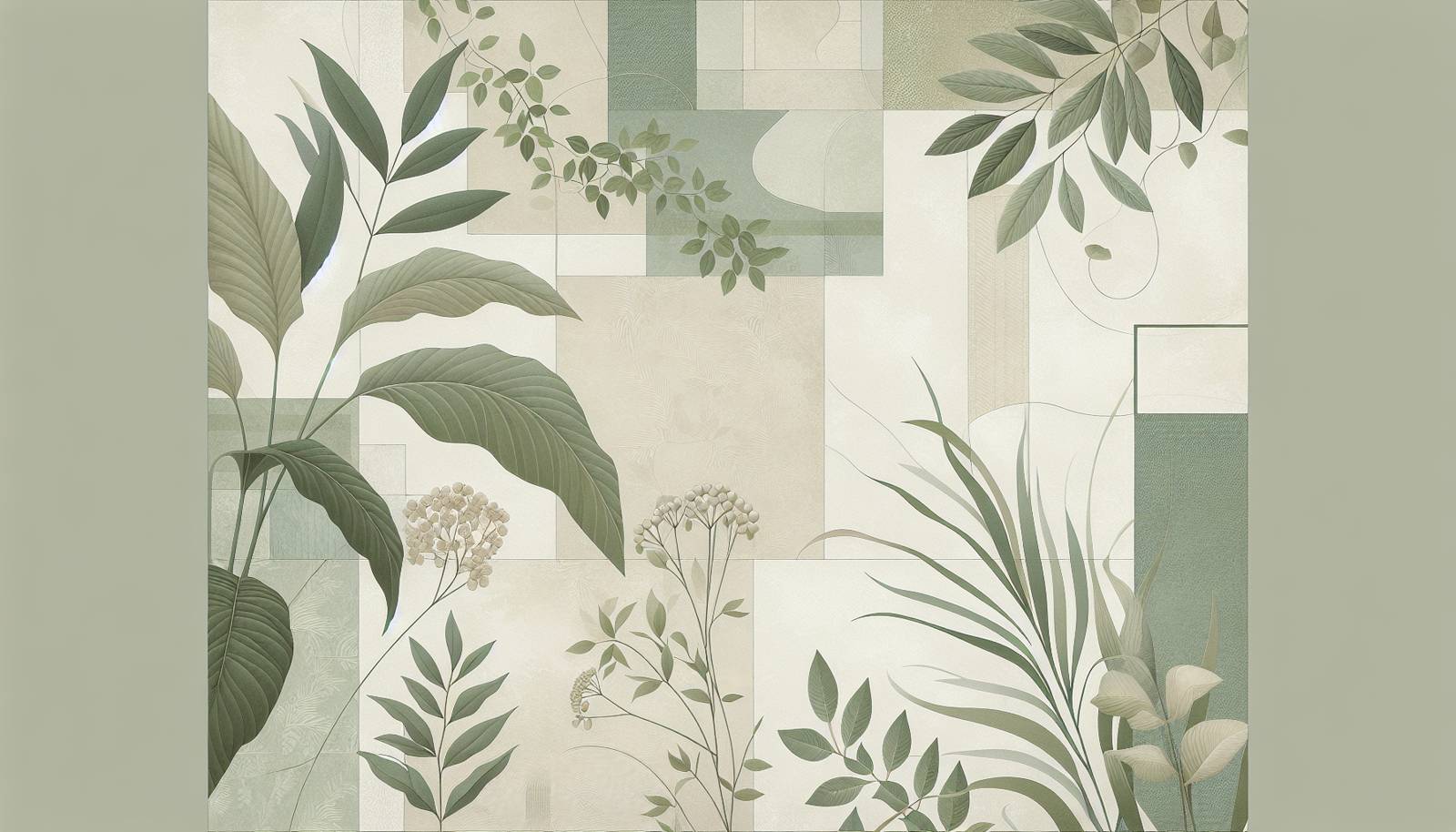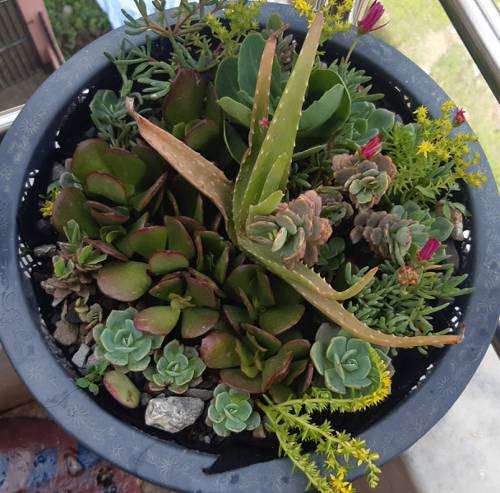
FAQ About Indoor Plant Resilience to Artificial Environments

What are common indoor plants that thrive in artificial lighting?
Some common indoor plants that thrive in artificial lighting include Pothos, Snake Plant (Sansevieria), ZZ Plant (Zamioculcas zamiifolia), and Spider Plant (Chlorophytum comosum). These plants are particularly adaptable to low-light conditions commonly found in indoor environments with artificial light sources.

How can I simulate natural sunlight for my indoor plants?
To simulate natural sunlight, use full-spectrum LED grow lights that mimic the sun's light spectrum. Position the lights above your plants, ensuring they receive sufficient light intensity and duration resembling natural daylight. It's important to set a timer to provide at least 12-16 hours of light daily, depending on the plant species.

Why is air circulation important for indoor plants?
Air circulation is crucial for indoor plants because it helps to regulate temperature and humidity levels, prevents mold and fungal growth, and ensures the efficient exchange of carbon dioxide and oxygen. Good air circulation can be achieved by using fans or opening windows when possible.

Can I grow edible plants in artificial environments?
Yes, many edible plants can be successfully grown in artificial environments. Herbs like basil, mint, and parsley, as well as vegetables like lettuce, spinach, and tomatoes, can thrive indoors with the right conditions, including adequate light, temperature control, and nutrient supply.

What are the best soil types for growing indoor plants?
The best soil type for growing indoor plants is usually a well-draining potting mix. These mixes often contain a blend of peat moss, pine bark, and perlite or vermiculite. The specific requirements may vary depending on the plant species, so it's advisable to choose a potting mix suited to your particular plants.

How can I improve humidity levels for my indoor plants?
To improve humidity levels, you can place a humidifier near your plants, mist them regularly, or use a pebble tray with water that allows evaporation to increase ambient humidity. Grouping plants can also create a microclimate that helps retain moisture in the air.

What are the signs that an indoor plant is not receiving enough light?
Signs that an indoor plant isn't receiving enough light include yellowing leaves, leggy or elongated growth, slow growth, and leaves falling off. Adjusting the placement of plants closer to their light source and using artificial grow lights can help mitigate these issues.

Are there specific fertilizers recommended for indoor plants in artificial settings?
A balanced, water-soluble fertilizer is generally recommended for indoor plants. Fertilizers with equal ratios of nitrogen, phosphorus, and potassium (such as a 20-20-20) are suitable for most houseplants. Always follow the dosage instructions and fertilize during the growing season for best results.

How do temperature variations affect indoor plant growth?
Temperature variations can significantly affect indoor plant growth. Most indoor plants prefer consistent temperatures between 65-75°F (18-24°C). Sudden drops or spikes in temperature can stress plants, resulting in stunted growth, wilting, or leaf drop. Using space heaters or cooling systems can help maintain stable temperatures.

Can indoor plants survive without natural sunlight?
Yes, many indoor plants can survive without natural sunlight if they receive adequate artificial light. By using grow lights specifically designed for plant growth, plants can perform photosynthesis effectively, allowing them to thrive in environments with limited or no sunlight.

What are some techniques for watering plants in artificial environments?
In artificial environments, it's essential to monitor plant hydration closely. Techniques include checking soil moisture with a finger or moisture meter before watering and using a pot with adequate drainage. Overhead watering, drip irrigation, or self-watering pots can also help manage moisture levels efficiently.

How do I choose the right artificial light for my indoor plants?
When choosing artificial light for indoor plants, consider options like LED and fluorescent lights. Look for full-spectrum lights that provide a balance of wavelengths that mimic natural sunlight. The intensity and duration should align with the specific needs of your plants, which is often indicated on the plant label or can be researched based on the species.

How long should artificial lights be left on for optimal plant growth?
The duration for artificial light exposure generally ranges from 12 to 16 hours per day, depending on the plant species. It's essential to mimic natural day and night cycles, so using a timer to automate lighting schedules can help maintain consistency and optimize growth.

Can succulents grow well in artificial environments?
Succulents can adapt to artificial environments if they receive adequate light and care. Providing bright artificial light similar to what they'd receive from the sun, using well-draining soil, and watering sparingly are key to successfully growing succulents indoors.

What role does CO2 play in indoor plant resilience?
CO2 is vital for photosynthesis, the process through which plants convert light into energy. In artificial settings, maintaining sufficient CO2 levels can boost plant growth and resilience. Proper ventilation or using CO2 supplementation systems can help maintain adequate levels, especially in closed environments.

Are there challenges specific to growing plants in fully artificial indoor settings?
Challenges include maintaining consistent light levels, temperature, humidity, and providing the right balance of nutrients. Additionally, ensuring proper ventilation and managing pests without natural predators can pose difficulties. Continuous monitoring and adjustments are often necessary to create optimal growing conditions.

How often should I check and adjust the conditions in a fully artificial plant environment?
Ideally, check your indoor plant environment weekly to ensure all parameters such as light, temperature, and humidity are optimal. Regular adjustments may be necessary based on seasonal changes, the health of the plants, or changes in environmental conditions within the home.

What are the benefits of using automated systems in artificial plant environments?
Automated systems can significantly benefit plant growth by ensuring consistent lighting, watering, and climate control. These systems reduce the workload on the caretaker, minimize human error, and can be programmed to cater to the specific needs of different plant species, leading to healthier, more resilient plants.

Can artificial plant environments be sustainable?
Yes, artificial plant environments can be sustainable if managed correctly. Using energy-efficient LED grow lights, recycling water, and optimizing space can reduce resource consumption. Additionally, selecting low-maintenance plants and using environmentally friendly fertilizers contribute to sustainability.

What are some common misconceptions about indoor plants and artificial environments?
One common misconception is that all plants require direct sunlight to survive, whereas many plants can thrive under artificial lights. Another is believing that more water leads to better growth, while overwatering is often detrimental. Understanding each plant's unique needs is key to successful indoor gardening.
